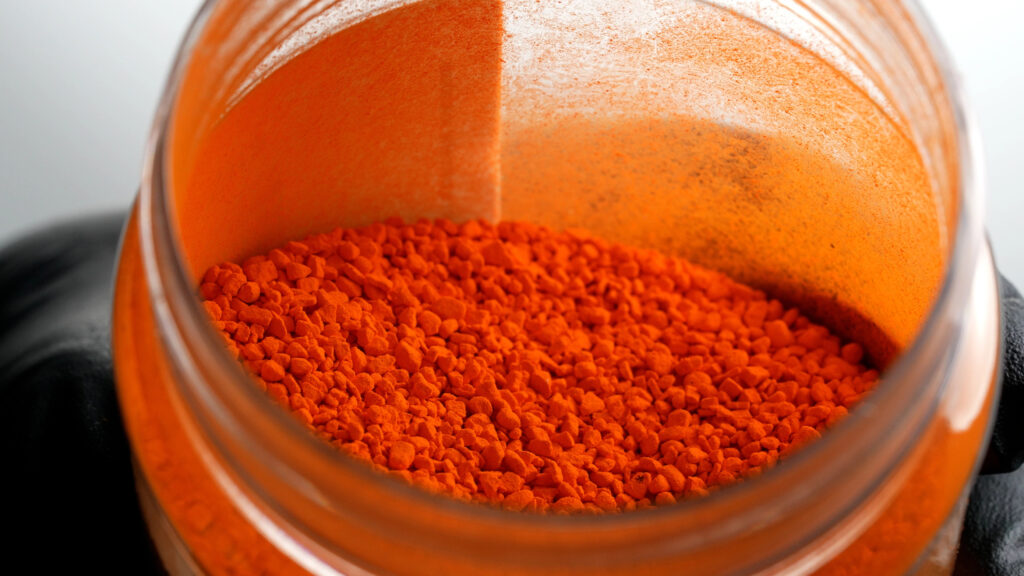Get your daily dose of health and medicine every weekday with STAT’s free newsletter Morning Rounds. Sign up here.
Hello! Timmy here. I will be spending ten hours on Sunday carrying my wonderfully chaotic niece on my shoulders while she points at mascots at Kings Island amusement park. Please pray for my shoulders!
advertisement
Anyway, we’ve got another (re-)introduction for you on this fine Friday morning: Anil Oza, STAT’s newest Sharon Begley Fellow! Very excited to have him back at STAT and for his stories. Though, I will admit, maybe I just read too much horror, but I’m not sure I want to see what hides beneath a mouse’s skin.
How to make a mouse transparent (and why you’d want to)
You know the yellow food dye tucked away in your parent’s kitchen cabinet that hasn’t seen sunlight since 2005? Yeah, scientists are now using it to make transparent mice. They hope that the technique using the dye, known as tartrazine, will provide fresh opportunities to understand what is going on under the skin of a live animal and potentially shed light on issues like how diseases change the body.
Making tissue transparent is not a new idea. But the new technique alters how light passes through a mouse’s skin and renders its insides visible to the naked eye. According to an expert unaffiliated with the study: “All biology is 3D and this really allows you to better appreciate the three dimensional anatomy of a tissue.” Hop on over and read the first story from Anil Oza.
advertisement
Fewer kids are vaping in the U.S.
Public health officials are celebrating a victory in the fight against youth tobacco use as new federal data show that vaping among U.S. kids has continued to decline.
Vaping use reached a record high in 2019, when 20% of middle and high school students reported using the devices in a surge fueled by vape brand Juul. A drop in the company’s popularity following FDA actions and legal challenges stymied further growth. Only 6% of such students used vapes in 2024 — around 1.6 million kids.
Brian King, director of the FDA’s Center for Tobacco Products, called the data a “monumental public health win.” Read more from Lizzy Lawrence, who’s now covering the FDA for STAT, about the decline in e-cigarette use.
Higher infant mortality rates linked to bat deaths
When plants and animals die or flee a community en masse, these disruptions ripple across the larger ecosystem — even affecting human health and agriculture. When researchers studied the decline of insect-eating bat populations due to a deadly fungal disease, they found that farmers increased their insecticide use by 31.1% to kill the bugs previously gobbled up by bats.
Accompanying this flood of chemicals? Higher rates of human infant mortality, a 7.9% increase compared to counties that did not experience a bat die-off. This bat study is a prime example of what scientists have sounded the alarm about for decades: The loss of biodiversity will irrevocably alter our communities. Read more here.
Trading race for zip codes to predict heart risk
Part four of Embedded Bias, STAT’s investigation into race-based clinical algorithms, looks at how cardiologists battled to remove race when predicting a patient’s risk of heart disease and stroke. While Black people do face higher risks than other populations, doctors worried that in trying to do good, they had overstated the risk and the pendulum had swung too far.
To address the issue, the American Heart Association published a new calculator to predict the risk of heart attack, stroke, and heart failure called PREVENT. It attempts to capture all of the social determinants of health, such as zip code, for which race acts as a flawed proxy. Read more about this experiment here, and don’t miss the earlier editions in the series by Katie Palmer and Usha Lee McFarling.
Improving the prosthetic connection for people with amputations
For many people with amputations, wearing prosthetic limbs is uncomfortable and can, at times, be painful. The skin at the site of the amputation is tender and more easily damaged over time by the constant pressure and friction from the prosthetic. In an attempt to tackle this challenge, a group of scientists successfully injected volar skin — the thicker, tougher skin on our palms and feet — into non-volar regions in several humans and found that the volar features lasted up to five months in the area.
The researchers have already enrolled people in a phase 2 trial, according to the study published in Science, and plan to further explore this skin-modifying cell therapy that could help one day people with amputations have a more harmonious relationship with their prosthetic limbs.

